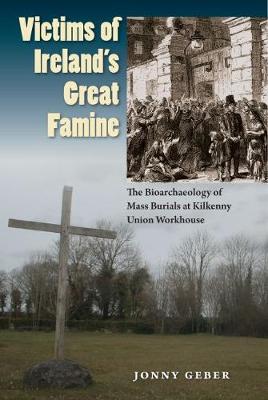Bioarchaeological Interpretations of the Human Past: Local,
1 total work
With one million dead, and just as many forced to emigrate, the Irish Famine (1845-52) is among the worst health calamities in history. In 2006, archaeologists discovered a mass burial containing the remains of nearly 1,000 Kilkenny Union workhouse inmates. In the first bioarchaeological study of Great Famine victims, Jonny Geber uses skeletal analysis to tell the story of how and why the Irish Famine decimated the lowest levels of nineteenth century society.
By examining the physical conditions of the inmates that might have contributed to their institutionalization, as well as to the resulting health consequences, Geber sheds new and unprecedented light on Ireland's Great Hunger.
By examining the physical conditions of the inmates that might have contributed to their institutionalization, as well as to the resulting health consequences, Geber sheds new and unprecedented light on Ireland's Great Hunger.
